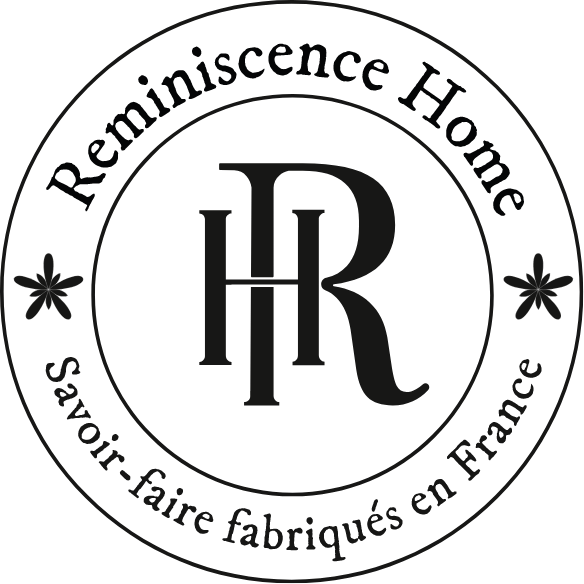Inscrivez-vous à notre newsletter et bénéficiez de -10% sur votre première commande. Je m'inscris
The know-how
PORCELAIN at the heart of the brand
REMINISCENCE HOME designs and produces iconic pieces of the French art of living. Heir to a proud heritage, our house values a prestigious history inseparable from that of the women and men who make it up. REMISCENCE HOME infuses each of its ranges with a touch of novelty, while exalting the natural qualities of porcelain, through the handmade care and finishes given to each piece.
At REMINISCENCE HOME, creativity is put at the service of History.
Prototyping & modeling
It all starts with a dream, a sketch, a life-size drawing that designer Géraldine Delettre transforms into a plaster prototype in her workshop. The piece is shaped to “raw size”, approximately 14% larger than the final result.
Once the perfect shape has been found, the first reference mold is cast.
From this first reference mold, the artisan-modeler creates his matrix, also called “mother mold” or “core”. From this mother, all the production molds will be born. Due to the delicacy of casting plaster, these molds will have a limited lifespan and cannot be used more than 50 times.
Coulage
This stage begins with the preparation of a slip, this liquid paste results from a clever mixture of kaolin, quartz and feldspar powders, added with water, which are kneaded. The proportions of each ingredient, kept secret, are specific to each porcelain house!
The liquid porcelain paste is then poured into the molds, installed on a rotating casting bench. The slip remains in motion. The porosity of the plaster absorbs the water contained in the paste and fixes it on the walls of the mold.
Once the excess slip is poured back, let it rest before unmolding. The setting time is carefully timed and depends on the dimensions of the object, hydrometry, temperature, etc.
At this stage, it is particularly malleable and fragile and requires all the know-how of the craftsman. Porcelain is a shape memory paste, the slightest shock before firing, even minimal, will be revealed once the piece is fired.
Drying, finishing and first cooking call the Dégourdie
Drying can vary from twelve hours to 6 days depending on the size of the pieces. The size of the object is already reduced by around 3%.
Then finishing removes the seams caused by dividing the mold into several parts and erases any other imperfections. Sanding, cleaning, deburring, handwork then takes on its full meaning since no imperfection resists the sharp eye of the experienced craftsman.
Once the piece is dried, we carry out a first cooking also called Dégourdie. This pre-cooking at 980° will harden the pieces and dehydrate them. Porous and brittle, the resulting Dégourdie takes on an ivory, slightly pinkish hue.
The mesh
The affixing of its unique chrome green stamp marks the start of the process. Then we dust off for the optional step of glazing. The precious object is immersed in an enamel bath, made of kaolin, quartz and feldspar. These are the same ingredients as for the slushie but in completely different proportions. The action must be precise and rapid in order to deposit as constant a thickness of enamel on the surface as possible.
Second cooking in the white oven known as grand feu
Then comes a second firing, at extreme temperatures of 1,400°, which will vitrify the piece and obtain this immaculate, translucent white color so characteristic of world-famous Limoges porcelain.
With a glossy enameled finish or a matte finish known as “porcelain biscuit”, the pieces then have all the physical properties of an excellent product.
At the end of this firing in the white kiln, the porcelain artisan carries out a final polishing. The craftsman will have ensured, beforehand, the solidity and sound of each object passed through his hands.

